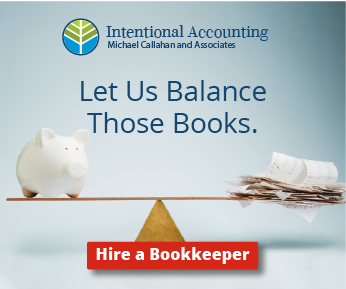While there are a number of ways to maximize your retirement assets, you need to ensure you plan ahead for your future. Your retirement plan should include guaranteed income, growth potential and flexibility. In general, retirement income can come in many forms: dividends, interest, capital appreciation, investment principal, Social Security benefits, pensions, insurance, and even inheritances, to name a few. Here are some of the most popular plans and pros and cons of them.
Interest and Dividends Only
These types of plans are typically for people whose assets are large enough or they have enough in terms of other income from a pension, Social Security, or another source that they do not need to draw down principal. If you’ve accumulated enough savings, it may be possible to use income generated by your portfolio to meet all of your retirement income needs. A typical portfolio could include bonds, bond funds, CDs, and dividend-paying stocks.
Pros: There is minimal risk to the principal if you’re investing in FDIC-insured CDs2 or US government bonds. When assets invested in bonds or CDs mature, the entire principal is returned to you.
Cons: The need to roll over bonds and CDs at maturity complicates long-term income projections because it is impossible to know future interest rates. There are limited investments in stocks could leave you exposed to inflation risk. Having a heavy allocation in bond funds or dividend-paying stocks could expose you to increased market risk.
Investment Portfolio Only
Making regularly scheduled withdrawals from your investment earnings and principal is another approach. In this scenario, your investments are managed for a total return.
Pros: This will generate income and, depending on asset allocation, may provide growth opportunities. You have greater flexibility and access to savings.
Cons: This typically requires a more active management in during the process and your savings may not last through the end of your life.
Investment Portfolio Plus Guarantees
By using a portion of your assets to purchase an annuity, you can add an element of certainty to your retirement income strategy. An annuity is a long-term investment that comes with an insurance contract that guarantees a stream of income.
Pros: Annuity income can be guaranteed for life, this strategy can help cover essential expenses and manage the risk of outliving your savings. You can choose from a fixed income annuity or a variable annuity: fixed income annuities provide a set payment; using additional assets, you can also purchase a feature, referred to as a cost of living adjustment (COLA), this will increase your payments each year to help your income keep pace with inflation. Variable annuity payments fluctuate based on market performance and have the potential to help protect against inflation. Since an income annuity can provide a guaranteed source of income, you can invest the rest of your portfolio with a strategy toward growth.
Cons: You may give up some control over a portion of your savings. Expenses associated with an annuity can be higher than other types of strategies. There is a chance that your income from the annuity might not be sufficient, causing you to draw down your other savings more than you would like.
Short-Term Bridge
If you need some additional income for a period before full retirement, you may also want to consider using some of your assets to fund a short-term bridge strategy. Perhaps you will not be receiving Social Security or drawing on a pension or 401(k) immediately after you retire. Maybe you expect additional expenses due to a more active early retirement lifestyle. To help you “bridge” the gap, you might consider investing a portion of your portfolio in a way that will produce enough income to cover the gap, while investing the remainder for total return.
Pros: This is a good way to generate an income stream for a fixed time period of time that you have the need. The total return portion of your portfolio may produce enough growth to protect against inflation.
Cons: The assets you invest in total return strategy may be exposed to market risk, which is something not everyone can afford to risk. You must make certain that the assets in your total return portfolio will be adequate to cover your retirement income needs following your bridge.
Prepare for life’s eventual curveballs with an income plan that combines income from multiple sources to create a diversified income stream in retirement. Everyone’s situation is unique, so there’s no one income strategy that will work for all investors. You’ll need to determine the relative importance of growth potential, guarantees, or flexibility to help you pinpoint the strategy that is right for you in retirement. Consult with a retirement specialist, at The Rader Group, we specialize in helping you plan for your retirement and we ensure you plan is right for your situation.












